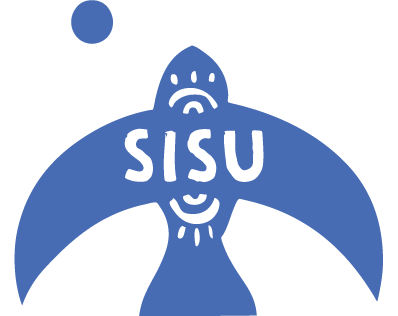STORIES
The Spiritual Connection Between Guardians and Descendants
February 24, 2020

By Wyeth Moss, our guest artist for Issue 5: Black + White
I’m currently in a state of transition, so what I feel defines me is constantly changing. I feel that my dedication to my work and my connection and pull to nature are defining elements in my life. I also feel at the intersection of so many different things, race and gender specifically.
I use drawing, sculpture, and installation to explore the connections between healing, nature, identity, ancestral remedies and folklore, meditation, trauma, and mental illness. Coming from a lineage of Dominican curanderas, I have been drawing from my heritage and personal experience to investigate memory and transgenerational methods of healing.
The figures seen within my work serve as the depiction of a spiritual connection between guardians and descendants. Touch and protection play a large role in my work as guardians are often extending their embrace to their lineage in the midst of overcoming trauma and/or mental illness. This meeting of ancestry occurs within an unconscious realm in which gender is non-binary—the guardians are a unique entity, as well as a reflection of their descendants. They are imperfect and heavily flawed, but their flaws also serve as their strength and power.
When I first started drawing seriously, my work was solely based on my unconscious. I didn’t know who my imagery was of or who I wanted them to be. I was fiercely against setting concepts to my work and hated the idea that it had to be more than “It is itself and nothing else.” What changed for me was really delving into sorting and healing my trauma, realizing that the refusal to set those perimeters within my work was a product of me repressing what I needed to come to terms with. Seeing how connected my work was to what I was going through was really difficult at first. It meant that every time I made work, I was reflecting on my trauma of childhood/sexual abuse. What once brought me a meditative escape became the biggest source of painful reflections. It took me years to be able to be okay with realizing those themes and pain in my work and to take it from solely being about trauma to starting to move into a more aware and healed state.

I’ve been exploring the idea of my work being my visual interpretation of ancestors and their descendants meeting/interacting, as well as embracing my body, my heritage, trying to find a balance and a unity in my gender. Currently, I’m working on defining my figures and figuring out the universes they live within—creating sculptures and installations helps me to define this by bringing these figures into a tangible form and really reflecting on the narrative all of the elements of my installations come together to tell.
Adding these elements to my work serves as more than just a visual component. For example, learning how to actually hand-make remedies and asking my mother about recipes she remembers is super important to document throughout generations, as so much of our history is oral. All of the jars in my pieces are filled with important elements from my childhood: cacao beans from my Abuelito’s farm in the Dominican Republic; my baby teeth; red dirt from where I spread my grandpa’s ashes in Sedona, Arizona; the upside-down flowers like the ones my mom used to hang to preserve her roses. We take these pieces and elements from our lineage and continue them. The pieces of our memory penetrate and we make our own.


